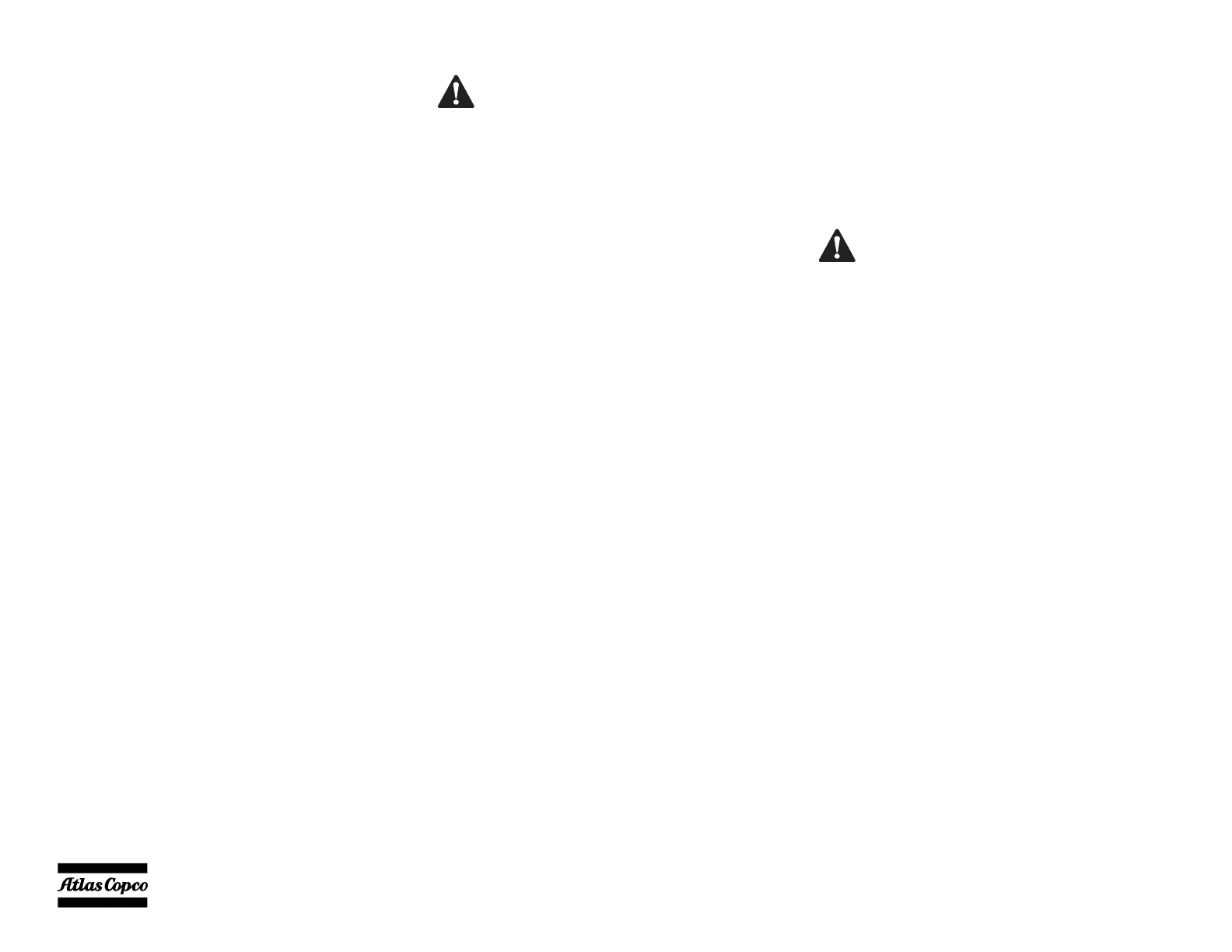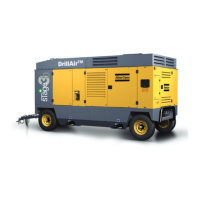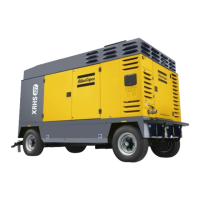- 62 -
HANDLING PARCOOL EG
PARCOOL EG should be stored at ambient temperatures,
while periods of exposure to temperatures above 35 °C (95
°F) should be minimized. PARCOOL EG can be stored for
a minimum of 5 years in unopened containers without any
effect on the product quality of performance.
PARCOOL EG is compatible with most other coolants
based on ethylene glycol, but you only get the benefits of
5 years protection when its used on its own. Exclusive use
of PARCOOL EG is recommended for optimum corrosion
protection and sludge control.
For simple density-measuring of Ethylene Glycol and
Propylene Glycol in general the standard available
‘density’ measuring devices are used to measure the
concentration of EG. In case a device is used to measure
EG, no PG can be measured afterwards as a result of the
difference in the density. More specific measurements can
be done by the use of a refractometer. This device can
measure both EG and PG. A mix of both products will be
show unreliable results!
Mixed EG coolants with identical glycol type can be
measured by use of a refractometer as well as the ‘density’
system. The mixed coolants will be considered as one
product.
The use of distilled water is recommended. If you have
exceptionally soft water it would be acceptable, as well.
Basically, the engine metals are going to corrode to some
extent no matter what water you use, and hard water will
encourage the resulting metal salts to precipitate.
PARCOOL EG comes as a pre-mixed coolant to safeguard
the quality of the complete product.
It is recommended that topping up of the cooling system is
always done with PARCOOL EG.
Coolant check
In order to guarantee the lifetime and quality of the
product, thus optimising engine protection, regular
coolant-condition-analysis is recommended.
The quality of the product can be determined by three
parameters:
Visual check
• Verify the appearance of the coolant with regard to
its colour and make sure that no loose particles are
floating around.
pH measurement
• Check the pH value of the coolant using a pH-mea-
suring device.
• The pH-meter can be ordered from Atlas Copco with
part number 2913 0029 00.
• Typical value for EG = 8.6.
• If the pH-level is below 7 or above 9.5, the coolant
should be replaced.
Glycol concentration measurement
• To optimise the unique engine protection features of
the PARCOOL EG, the concentration of the Glycol in
the water should always be above 33 vol.%.
• Mixtures exceeding a 68 vol.% mix ratio in water are
not recommended, as this will lead to high engine
operating temperatures.
• A refractometer can be ordered from Atlas Copco
with part number 2913 0028 00.
Topping up/replacing coolant
• Verify whether the engine cooling system is in a
good condition (no leaks, clean,...).
• Check the condition of the coolant.
• If the condition of the coolant is no longer up to stan-
dard, the complete coolant should be replaced (see
section Replacing the coolant).
• Always top-up with PARCOOL EG Concentrate /
PARCOOL EG.
• Topping up the coolant with water only, changes the
concentration of additives and is therefore not
allowed.
Never remove the cooling system filler cap
while coolant is hot.
The system may be under pressure. Remove
the cap slowly and only when coolant is at
ambient temperature. A sudden release of
pressure from a heated cooling system can
result in personal injury from the splash of
hot coolant.
In case of a mix of different coolant
products this type of measuring might
provide incorrect values.

